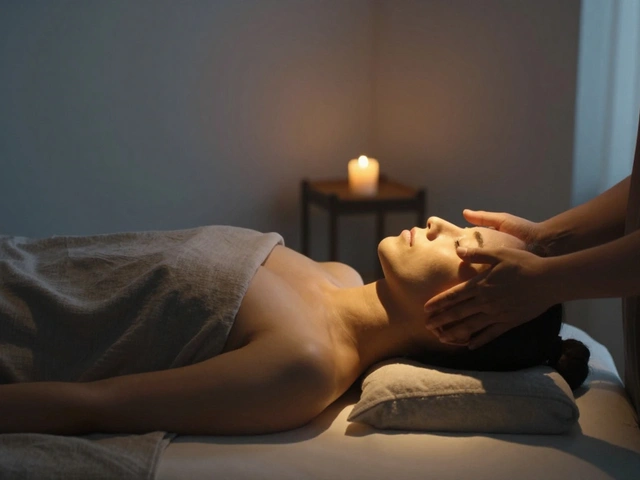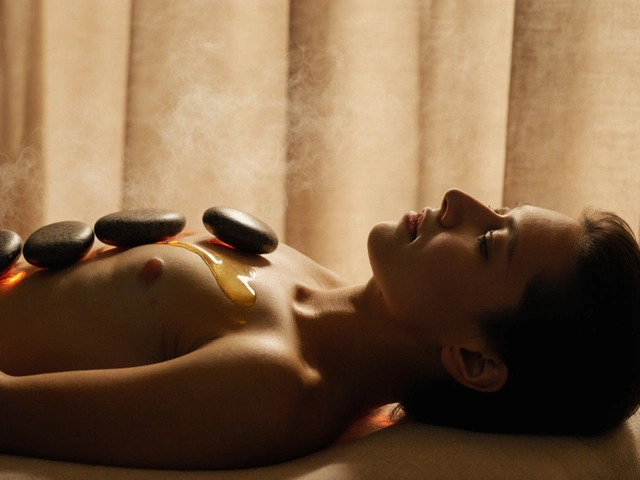Breema: Gentle Whole-Body Touch for Balance and Awareness
Breema is a hands-on bodywork and movement practice that focuses on simple, rhythmic touch and natural movement. Sessions are done while you stay fully clothed, usually on a mat or chair, and the goal is to restore balance, reduce tension, and sharpen body awareness. It’s calm, non-invasive, and easy to receive whether you’re stiff, stressed, or just curious about a different kind of therapy.
What to expect in a Breema session
A typical session lasts 30–60 minutes. The practitioner uses a sequence of supports and movements that feel like a flowing series of stretches, compressions, and gentle presses. There’s no oil, no forceful manipulation, and no talking is required unless you want to. Most people describe the experience as grounding—muscles soften, breathing slows, and the body feels more connected from head to toe.
Practitioners follow a set of guiding principles that emphasize present-moment attention, ease, and mutual respect. You won’t get cracked or yanked; instead, the focus is on finding comfortable alignment and letting your nervous system relax. That makes Breema a good option for people who don’t like deep pressure or painful techniques.
Why people try Breema
People turn to Breema for many reasons: long-term neck or shoulder tension, general stress, poor posture, or the desire to move with less effort. Because sessions encourage body awareness, many clients notice small changes quickly—standing taller, moving more smoothly, or sleeping better after a few visits. It’s also used as a complement to physical therapy, yoga, or massage when someone wants a gentler, awareness-based approach.
Breema can suit almost anyone: older adults, office workers, athletes recovering from overuse, and anyone sensitive to strong pressure. If you have recent fractures, open wounds, or a medical condition that restricts movement, check with your doctor before booking.
Want to try a simple Breema idea at home? Sit squarely on a chair with feet flat. Take two slow breaths and notice where tension sits—jaw, shoulders, belly. On an exhale, let the shoulders drop a few millimeters. Repeat with attention, not effort. That tiny release can shift how you hold yourself and is exactly the kind of small change Breema builds on.
To find a practitioner, look for someone trained by recognized Breema schools or who lists Breema credentials. Ask about session length, whether they work on a mat or chair, and if they offer short demo sessions. Many centers offer group classes where you can experience basic moves before booking private work.
Breema is straightforward: quiet touch, clear attention, and slow movement. If you want a calm, respectful way to ease tension, boost awareness, and move with less strain, it’s worth giving Breema a try.
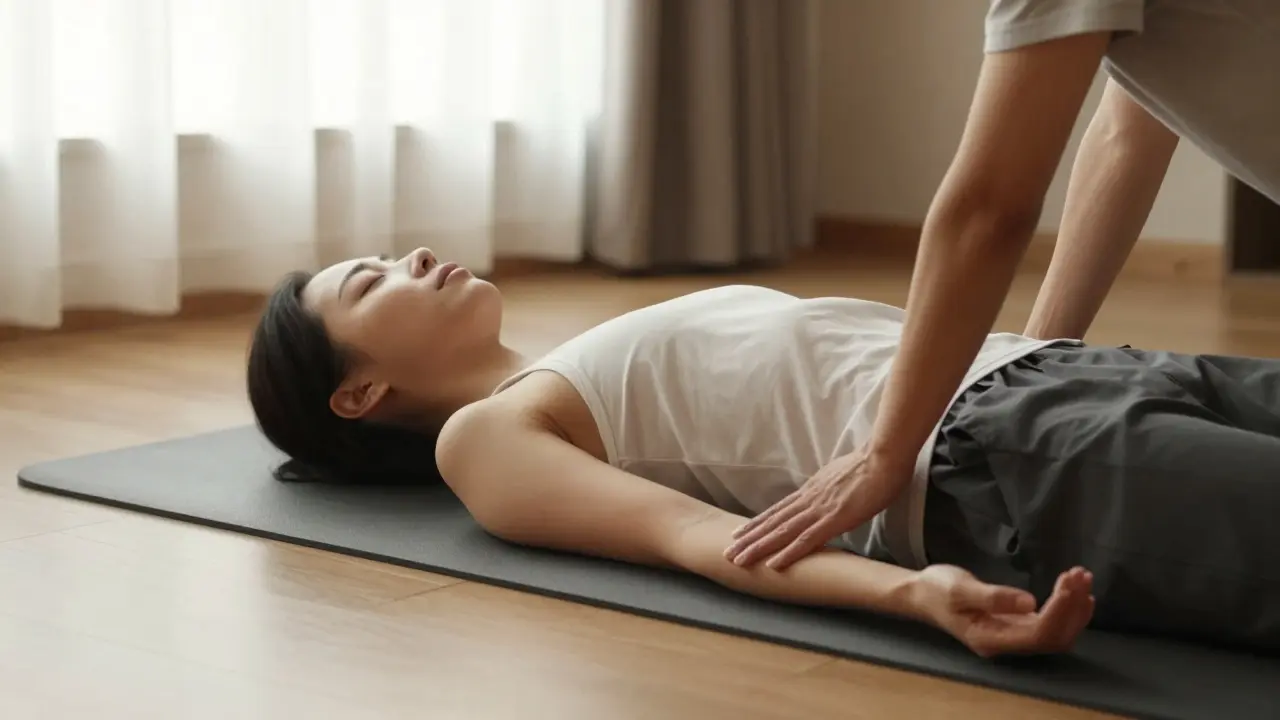
Breema: A Holistic Approach to Stress Management
Breema is a gentle, non-invasive bodywork practice that helps reduce stress by fostering presence and connection with the body-no effort required. Learn how it works, who it's for, and how to try it.
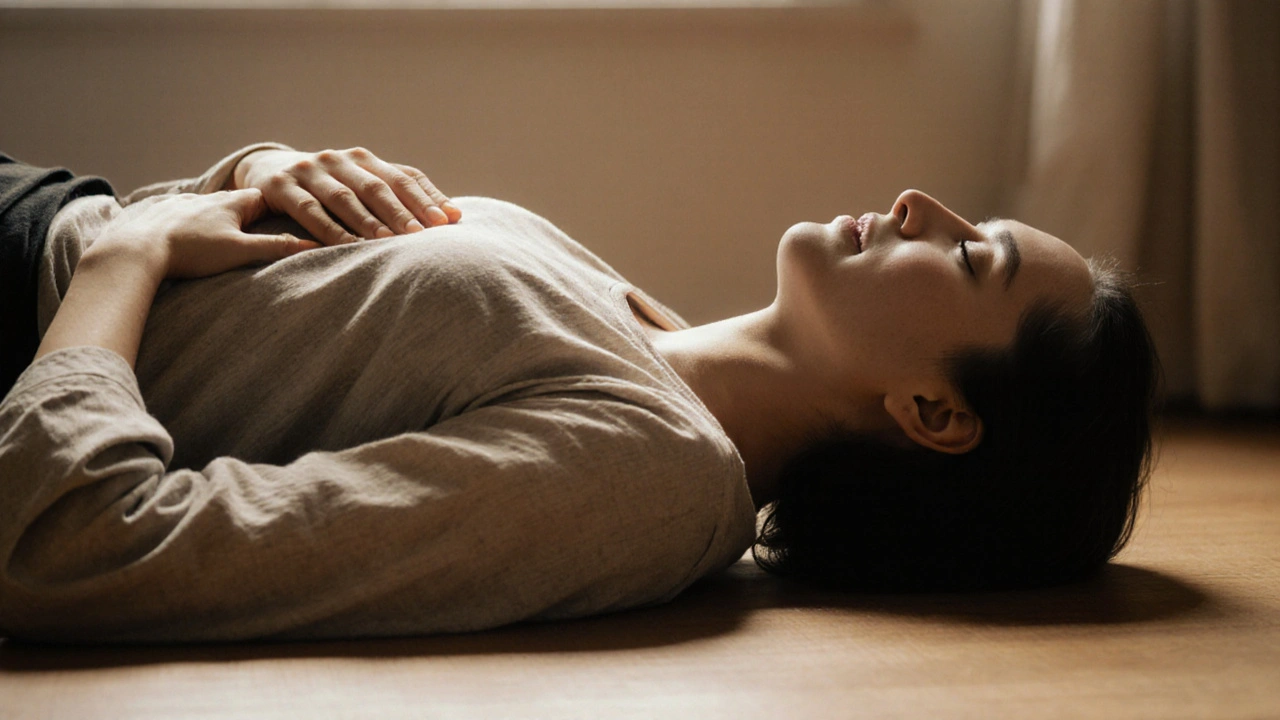
Embrace the Power of Breema for Healthy Living
Breema is a gentle, no-effort bodywork practice that helps reduce stress, improve sleep, and reconnect with your body. Learn how this simple technique works and how to start today.

Breema: The Art of Being Present in Everyday Life
This article breaks down Breema, a simple yet powerful practice focused on being present. It explains how Breema works, the principles behind it, and practical ways to fit it into a busy life. You’ll find real tips to help you deal with stress and reconnect with yourself. This is not about fancy retreats or strict routines—Breema can be as straightforward as paying attention to how you stand or breathe. If you want practical tools for deeper relaxation and clarity, this guide covers the essentials and then some.
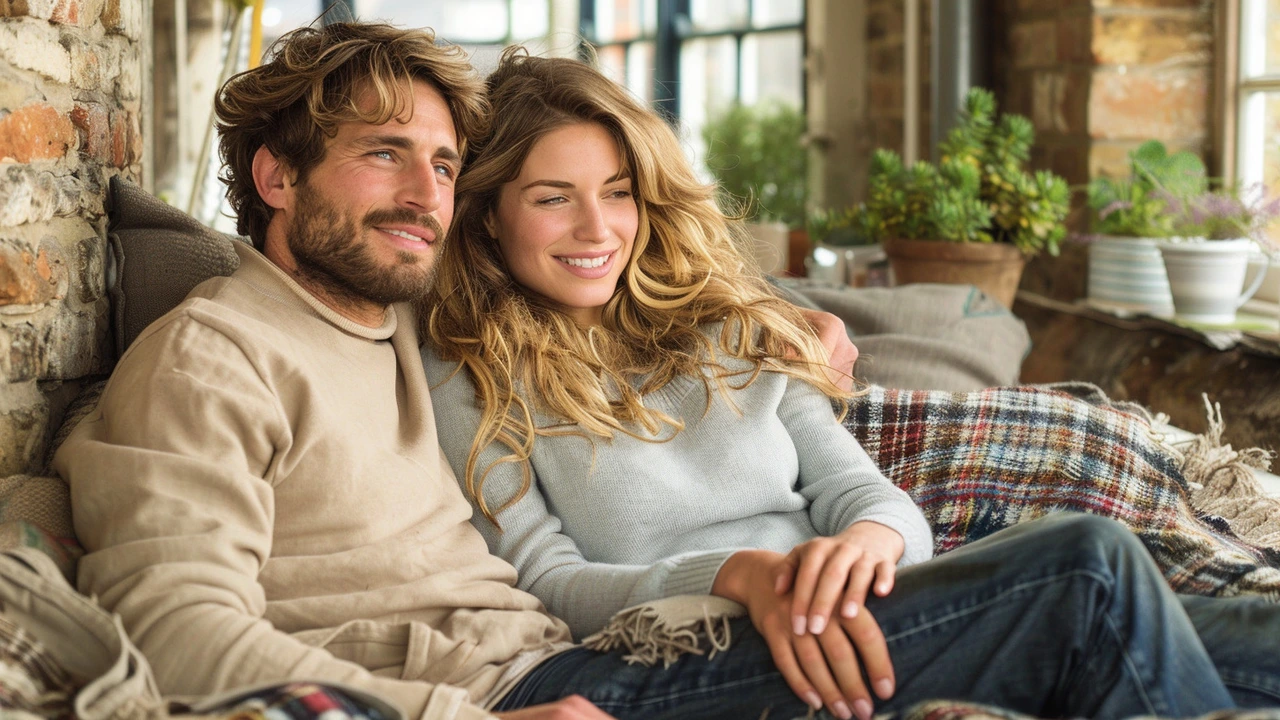
Breema Bodywork: Exploring Holistic Healing and Energy Balance
Breema bodywork is a form of holistic healing that emphasizes harmony and balance between the body, mind, and emotions. This article delves into the principles of Breema, its techniques, and the benefits it offers. It also explores how Breema promotes energy balance and provides practical tips for incorporating Breema practices into daily life. Readers will discover the transformative potential of Breema in fostering health and well-being.

Embrace the Power of Breema for Healthy Living
Hello there! I'm thrilled to share with you my journey into the world of Breema, a nurturing practice that has significantly enhanced my health and well-being. In this post, I delve into the power and potential of Breema and how it's been a catalyst for tranquility in my bustling life. Through self-care exercises and conscious touch, the holistic approach of Breema promotes physical and emotional wellness. Join me as I uncover the key to dynamic balance and a sense of connection with myself and the world around me.
Categories
- Health and Wellness (148)
- Alternative Therapies (86)
- Massage Therapy (40)
- Travel and Culture (15)
- Beauty and Skincare (9)
- Holistic Health (8)
- Health and Fitness (5)
- Spirituality (5)
- Other (2)
- Personal Development (2)

